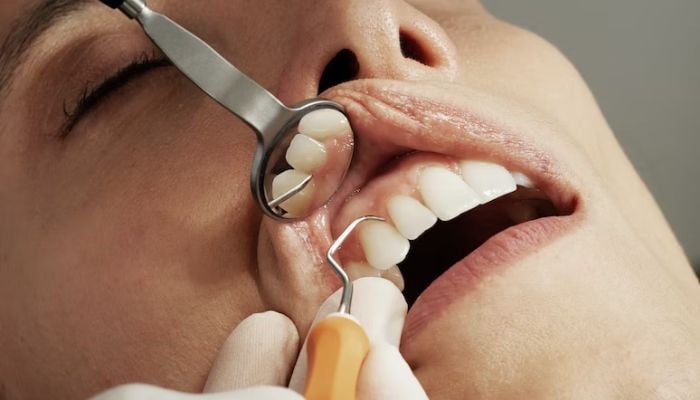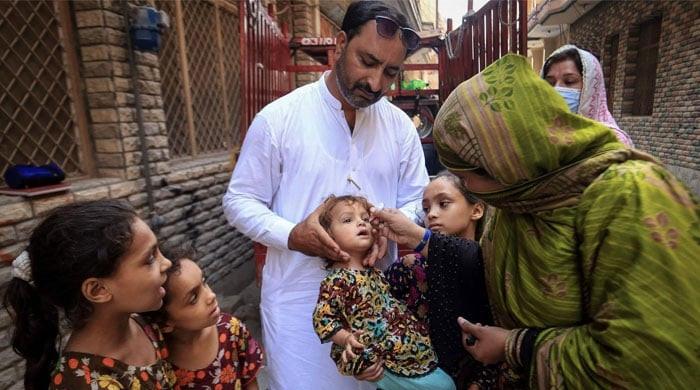Half of the world’s population ignoring oral health, WHO reveals
"Global cases of oral diseases have increased by 1 billion over the last 30 years," according to the WHO report
November 20, 2022

The World Health Organization released a report on oral health revealing that nearly half of the world's population is suffering from oral diseases, "with 3 out of every 4 affected people living in low- and middle-income countries."
The Global Oral Health Status Report is the first of its kind comprehensive data collection of oral disease that extracted data from 194 countries. The report provides insight into important markers of oral health that are crucial for decision-makers.
"Global cases of oral diseases have increased by 1 billion over the last 30 years—a clear indication that many people do not have access to prevention and treatment of oral diseases," the official statement of the agency read.
The WHO Director-General, Dr Tedros Adhanom Ghebreyesus said that oral health has been neglected for a long time in global health despite oral diseases being preventable and treatable "the cost-effective measures."
“WHO is committed to providing guidance and support to countries so that all people, wherever they live and whatever their income, have the knowledge and tools needed to look after their teeth and mouths, and to access services for prevention and care when they need them," he said.
The most common oral disease according to the report is tooth decay or dental caries. About 2.5 billion people across the planet are affected by untreated dental caries.
Other very common ones are tooth loss, severe gum disease, which is a major cause of tooth loss, and oral cancers. Severe gum disease affects an estimated one billion people worldwide.
"About 380 000 new cases of oral cancers are diagnosed every year," the statement said.
The report also highlighted the inequalities in access to oral health services, saying that there is a "huge burden of oral diseases and conditions affecting the most vulnerable and disadvantaged populations." Vulnerable groups from lower socioeconomic classes like those with less income, people with disabilities, people living in rural areas, and minority groups are more prone to acquire oral diseases.
This is a pattern similar to other diseases like cardiovascular disorders, cancers, diabetes, and mental illnesses. Risk factors like high sugar intake, and tobacco and alcohol abuse lead play a role in the global oral health crisis.
While a very small percentage of the population has access to services, those who need oral health services the most do not have access.
The services require costly high-tech equipment and materials which creates a financial burden. This could be one of the main reasons behind the lack of access.
"Poor information and surveillance systems, combined with low priority for public oral health research are major bottlenecks to developing more effective oral health interventions and policies," the WHO added.









